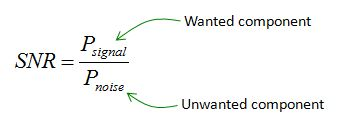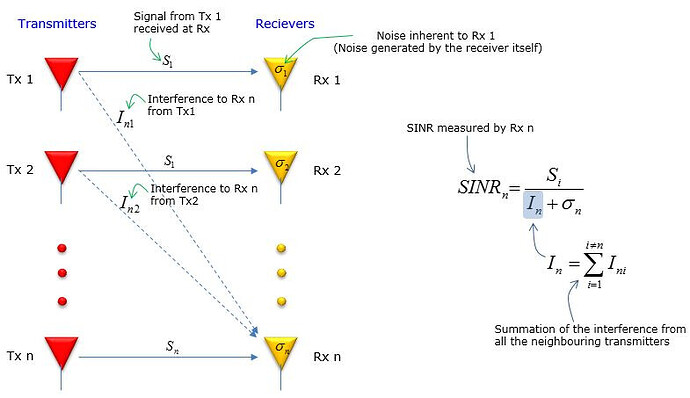In wireless communications, measuring only the signal does not always give us the full picture.
What sets SNR apart from SINR?
![]() SNR (Signal-to-Noise Ratio):
SNR (Signal-to-Noise Ratio):
Measures the ratio between the useful signal power and background noise.
Ideal in laboratories or controlled environments.
![]() SINR (Signal-to-Interference-plus-Noise Ratio):
SINR (Signal-to-Interference-plus-Noise Ratio):
Includes not just noise, but also interference from other transmitters.
More realistic for live networks like 4G, 5G, and WiFi.
![]() Practical example:
Practical example:
In WiFi, you might have excellent SNR (>30 dB), but if neighboring routers are interfering, the SINR drops, leading to speed and stability losses.
![]() Why does it matter?
Why does it matter?
A high SNR does not always guarantee good quality if interference is high.
SINR reflects the real link quality in saturated environments.
![]() Industry application:
Industry application:
In LTE/5G, SINR is the key metric for adapting modulation and ensuring optimal speeds.
In WiFi, designing dense networks requires considering interference, even if devices only report SNR.
![]() Conclusion:
Conclusion:
To truly understand and optimize real wireless networks, measuring SNR alone is not enough.
SINR is the true indicator of user experience.
LinkedIn: ![]()

